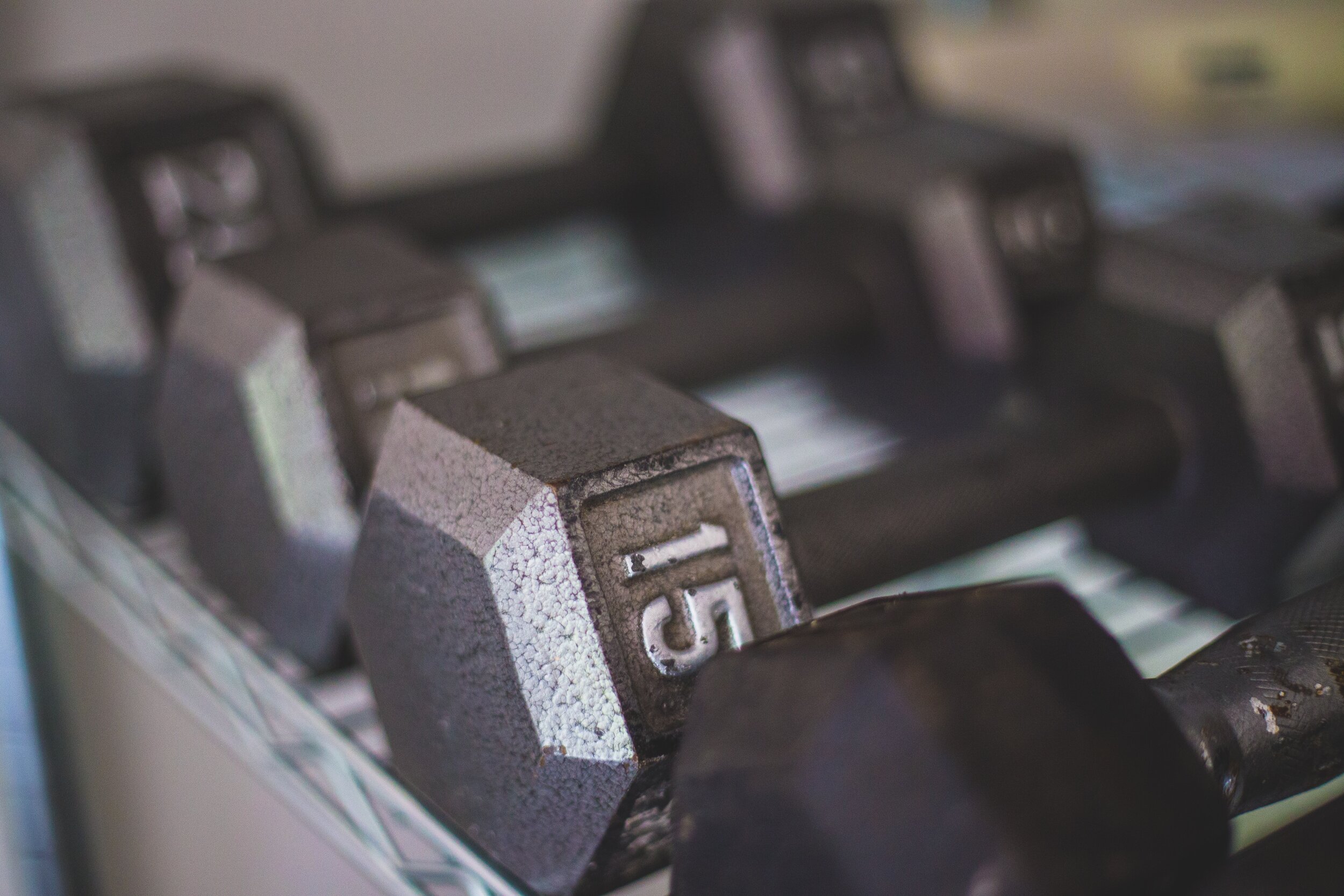How to Break Through A Plateau
While I'm the most prominent advocate for telling people to simply honor their bodies with movement daily, if you genuinely want to take your body and results to the next level you will likely need learn how to break through a plateau.
The most effective way to break through a fitness plateau is something called "progressive overload."
First off I need to start by saying that if you have hit a plateau in your fitness journey, you are not alone. This happens to everyone at some point in their health and fitness journey.
So why does it happen? When you repeat the same demands week in and week out, your body adapts.
Think about it like this, if you run a mile every single day for a month, the first few days that mile will most likely feel hard, but by the end of the month it will likely be easier than when you first started. This happens because your body has been conditioned to run that mile (aka repeated the same demands).
Same goes for resistance training. How long have you been using the same weight for each exercise? How long have you been doing 3 sets of 12 reps for squats?
If you feel like you’ve hit a plateau and are looking to change and challenge your muscles so you can experience muscle growth, strength, endurance, stamina, or losing body fat then I suggest implementing progressive overload.
Progress overload is a simple principle that continues to get overlooked by others.
Essentially progressive overload involves increasing the demands on the musculoskeletal system to continually make gains in muscle size, strength and endurance.
Simply put: in order to get stronger, you must continually make your muscles work harder than they’re used to because our bodies are very adaptive - if you’re constantly using the same number of reps at the same load, you will likely plateau in results because your body adapts.
This will typically mean increasing resistance (AKA upping the weight used for specific exercises) but there are other methods to increase the overload if that is not an option of if you don’t wan to compromise your form (aka you don’t feel ready to move up in weight for a particular movement).
Here’s an example of upping the resistance for a specific movement, lets say shoulder press:
Week #1: 10 lbs. for 3 sets x 12 reps.
Week #3: 12 lbs. for 3 sets x 12 reps.
Week #5: 15 lbs. for 3 sets x 12 reps.
You can see that I only change one thing: to increase the amount of weight I need to lift without changing other variables, like the number of sets or reps!
Here are the other four methods for increasing your overload:
Tip #1: Increase the Reps
If you don't want to increase weight because you either aren't comfortable or need to execute the proper form, my next suggestion is to increase the number of reps.
For example, if you're aiming for eight reps – go for ten reps.
A study shows that if you want to maximize your muscle building you will want to keep your rep range between 8 and 12 reps with most compound movements. Example: If you have been doing 3 sets of 8 reps, bump it up the next time you do that exercise to 3 sets of 10 reps, etc.
Another way you can implement progressive overload in AMRAP (as many reps as possible), try beating the amount of reps that you did last time by 2-3 reps while maintaining proper form.
Tip #2: Increase the Volume
Another way to increase the overload is to increase the overall volume.
If you are already in the 12 rep range for a specific movement and want to continue building muscle you could add a set.
Overall Volume is calculated: Sets x Reps x Weight = Total Volume.
Example: if the superset calls for 2 sets of 12 reps, you could instead do 3 sets of 12 reps to increase the overall volume.
I would recommend applying this technique only if you want to keep the amount of weight and reps the same.
Tip #3: Increase Training Frequency
Similar concept with volume, but this time you would be increasing the frequency in which you train a specific muscle group each week.
For example, if you are really trying to grow your booty, you will likely need train it more than one time per week.
By increasing your training frequency of a specific muscle group, you are increasing the demands on your body that can lead to your body changing.
A lot of women that I know prefer to train their glutes more often because they want it to grow. This is why inside my movement with julie app, we train glutes 2-3x (lower body, full body and glute focused) per week, with one full day solely concentrated on booty exercises.
Tip #4: Decrease Rest Time Between Sets
Lastly, this is one of my favorite ways to increase overload, and it is to reduce the amount of rest time between sets.
It is a surefire way to keep your heart elevated!
Like I mentioned above, this is one of my favorite ways to incorporate progressive overload into my training!
Not only does it allow for a time effective workout, but it allows your body to become more metabolically efficient in regard to anaerobic exercise (aka: weight-lifting).
Here’s an example: if the rest timer says 30 seconds in between rounds of a circuit, try only resting for 15 seconds or 20 seconds on some or all of the rounds in the workout.
Although this is effective, please be safe, and listen to your body so you are giving your body enough rest to ensure proper form and execution during your workout.
Conclusion
So that is progressive overload in a nutshell, you can include any of these methods into your training, BUT i would encourage you to focus on one of them at a time! The reason being is that it’s good to know that if you hit a plateau after incorporating this into your training that you have other options to continuously build on later!
I encourage you to get a notebook or journal and begin tracking all of your workouts – this will be very helpful in your progressive overload journey!
I hope you've found this article to be helpful, and I'd love to see how you're planning to apply this into your training routine by leaving a comment below.
xx,
Julie






